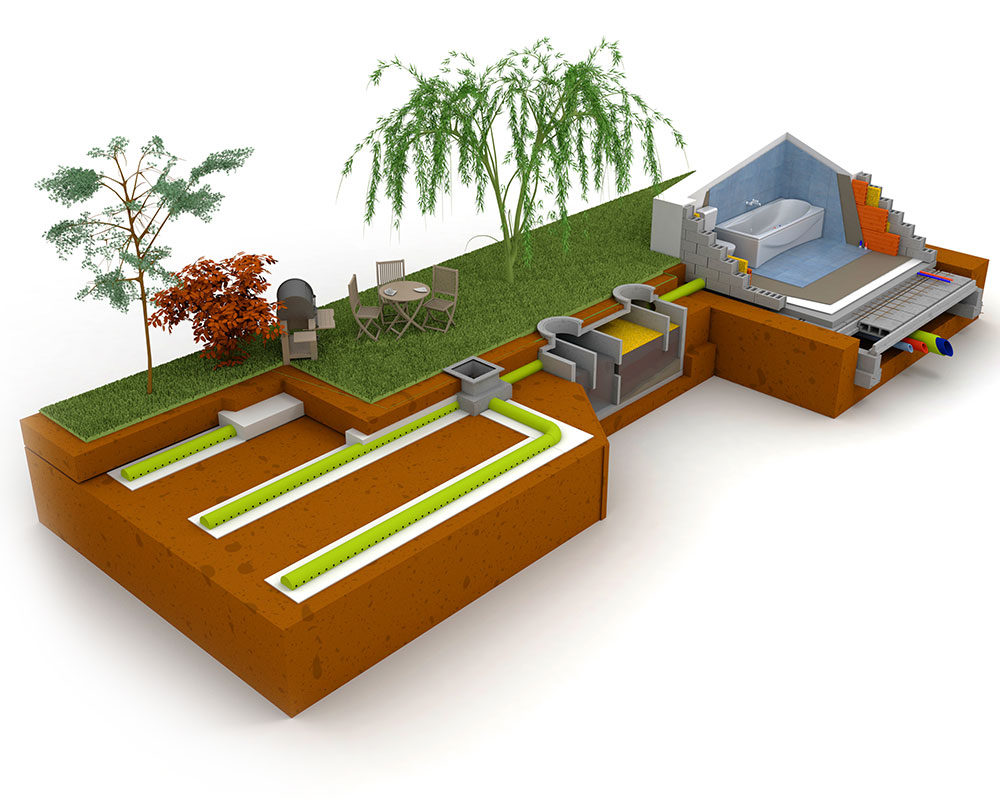On Site Sewage Disposal System Inspections
Proper design, installation, and maintenance of your septic system will maximize your system’s life. It will prevent failures that can be unsightly, foul-smelling, and threatening to your family’s health. Good maintenance reduces the risk of contaminating your well water, and may save you from costly repairs or system replacement.
Septic system inspections may be required by lenders when you sell or refinance your home. The repair of a failing system is usually a cost to the seller. Ignoring your septic system will not save you money in the long term and CEL is here to help with professional inspections at affordable prices.

CEL Septic Inspection Procedures
- CEL conducts a record file search with the local county environmental health department to obtain any permit information for the drinking water well and the on-site sewage disposal system.
- CEL arrives at the property with county records (if available) and initiates a visual inspection of the property to include but not limited to a physical location of the drinking water well and the on-site sewage disposal system and identifies with locator marker flags. Measurements are noted on report.
- CEL will open access the septic treatment tank by physically hand shoveling (as needed) the ground up to 2.5 ft at all access clean out ports (inlet and outlet) where applicable.
- CEL will open access the pump chamber and test the pump / alarm where applicable.
- CEL will open access the distribution box by physically hand shoveling (as needed) the ground up to 2.5 ft where applicable or use a fiber optic camera to inspect the distribution box and drain tile pipe to the absorption system (drain fields / dry wells / LPD Mound / ETC).
- CEL will determine the flow rate from the water well to establish time needed to conduct a water surge test with 250 gallons of water in an active home and 300 gallons in a vacant home.
- CEL will introduce a tracer dye into the septic system to initiate the water surge test and confirm drainage into the septic system.
- CEL will evaluate the septic system by checking the water level at the septic treatment tank and the drainage into the absorption system.
- CEL will conduct soil auger probes at the absorption system where applicable to inspect drain tile or drainage bed.
- CEL will take digital photos where applicable of all septic system components and compile a written report of observations and a final evaluation.
- CEL has the capabilities to conduct this inspection without electric and running water for an additional fee.
- CEL offers Camera septic inspections
Possible Signs of Trouble
- The septic tank has not been pumped out in the past five years, even if the system appears to be working well.
- A wet area or standing water occurs above the drain field.
- Toilets run slowly or backup: in the worst cases, the basement is flooded with sewage.
- Septic odors occur in the house, above the tank and drain field, or escape from the vent pipe.